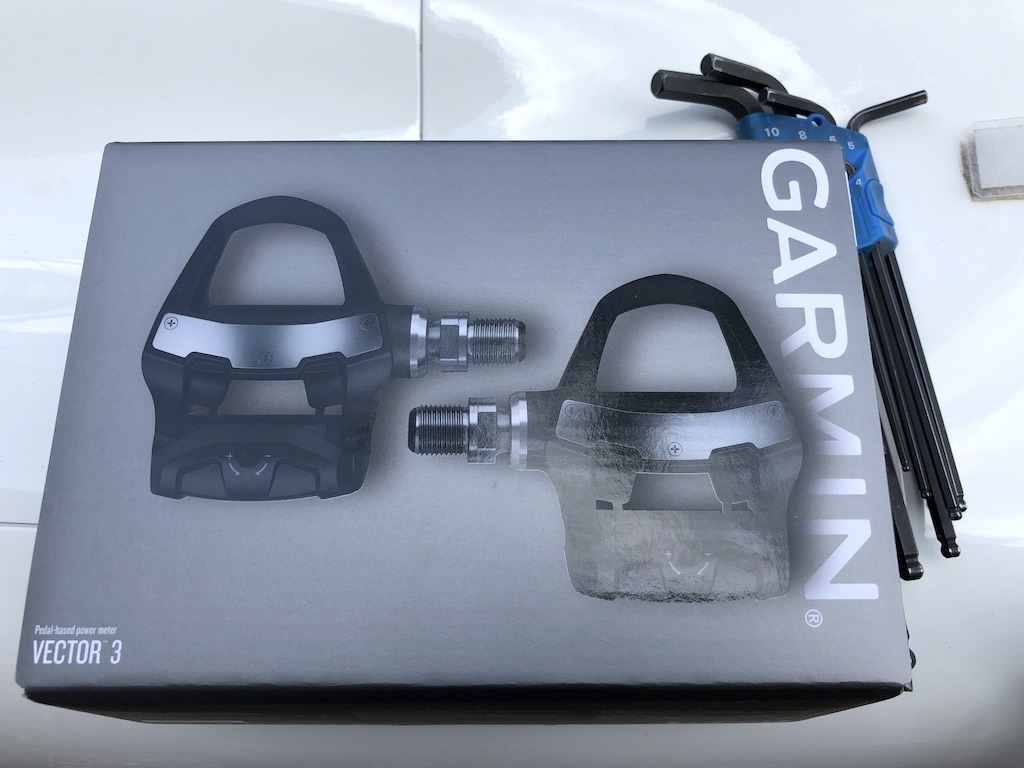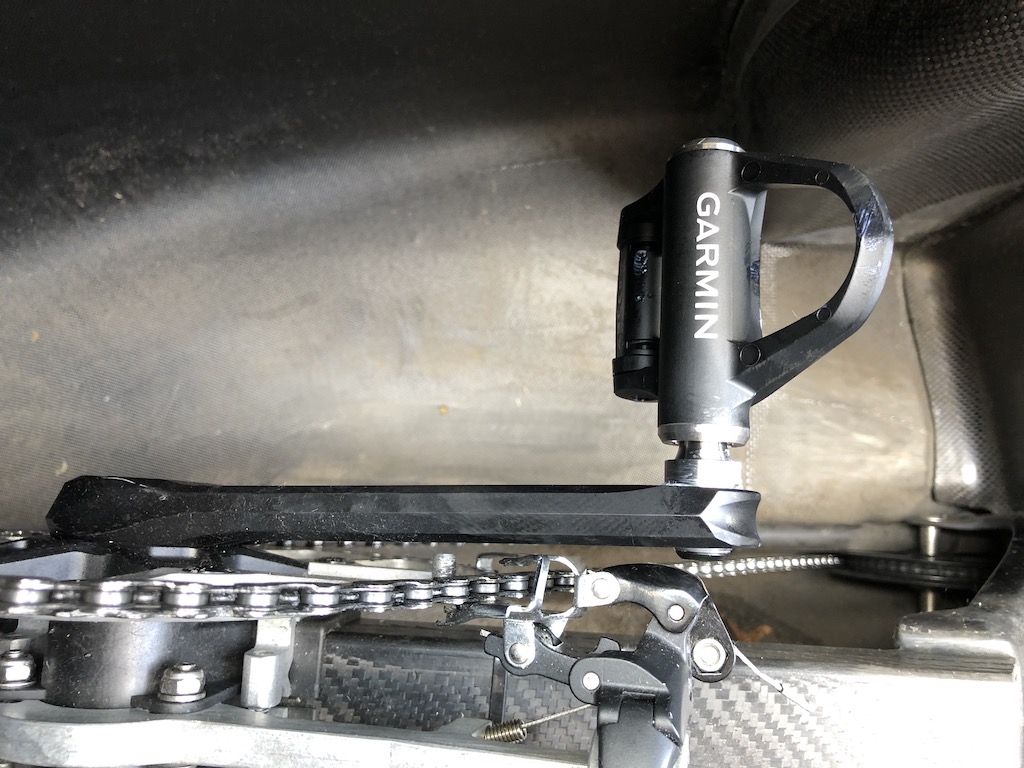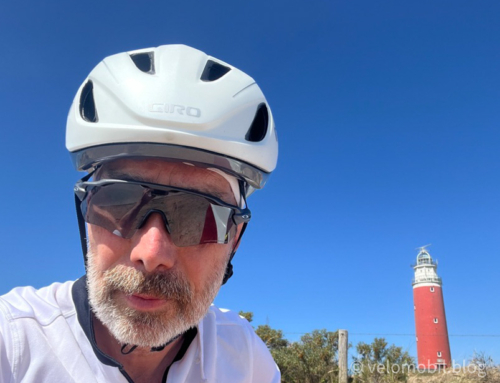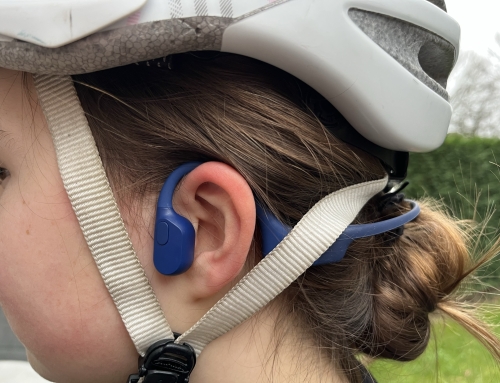This post is also available in: Deutsch (German)
As an ambitious hobby cyclist, I ask myself from time to time how fit I actually am! How good is my form compared to last season? How good am I compared to other cyclists?
After all, fitness or the state of training changes all the time … Actually, the form should continuously improve, especially if you train specifically. But due to illness, injuries, bad weather, lack of motivation or lack of time for training, it naturally also decreases again and again.
So far, I have always refrained from measuring my performance with a power meter. The parts were simply too expensive and the installation too complicated. That’s why I’ve always tried to judge my training status on the basis of my pulse rate, speed or simply my body feeling. But since the pulse rate in particular depends on many other factors such as excitement, stress, infections or daily form, this value is not really useful. In addition, the pulse always reacts with a delay to the performance achieved.
The comparison with average speeds of other riders is similarly pointless! It makes a huge difference which route you ride. Depending on the road surface, altitude, traffic situation, temperature, wind strength and direction, the difference is huge, even if you are riding the same equipment. That’s why average speed is usually useless as a comparative value. The only thing that is clear and comparable is the performance achieved!
In the meantime, Garmin pedals are available for less than 700 euros; still a lot of money, but hopefully worth it! Let’s see!
Translated with www.DeepL.com/Translator (free version)
Watt measurement – a few basics
In school I once learned: Watt is the physical unit for power; the power is calculated from the work done or the energy expended and the time.
An example:
As a cyclist, you first have to put a certain amount of power on the pedals to cover a certain distance. When you reach your destination, you have done a certain amount of work. The faster you reach your destination, the greater your performance! Conversely, the fewer watts you pedal, the later you reach your destination.
Compared to pulse measurement, power measurement has the advantage that it is exact and objective. That is why it is better suited for measuring fitness and is therefore more suitable as a basis for training and monitoring results!
FTP – What is that?
A value that is often mentioned in connection with performance measurement in cycling is FTP (Functional Threshold Power). This value indicates how much power (in watts) your body can constantly deliver over an hour.
If you want to determine your own FTP value, you need a power meter and then give it your all for 1 hour. Alternatively, there is also the “20-minute test”. As the name suggests, the maximum continuous power is measured over 20 minutes and then multiplied by 0.95. The Garmin 830 (and 1030) will then measure your own FTP.
By the way, the Garmin 830 (and 1030) offers such an FTP test; you only have to pedal yourself 😉
Mounting and setup
Mounting the pedals is really a breeze and no different from mounting normal pedals. Not quite right! Up to now I have always mounted my Shimano pedals with a hexagon socket (pedal spanner would also work, of course), but when mounting the Garmin pedals you only need a pedal spanner (15mm) … and of course a little assembly paste is needed to prevent the parts from seizing up.
As far as the cleats are concerned, you should know that only Look cleats fit here; fortunately, they are included in the delivery (red, 6 degrees). Unfortunately, my Shimano SPD-SL cleats are not compatible. Too bad!
The setup / pairing with my Garmin Edge and with the Garmin Connect app on my smartphone was also done quickly (see manual). As soon as you rotate the crank a little, the devices recognise the new hardware independently! The rest is a piece of cake! Then just calibrate and off you go.
First tour(s)
Of course I was curious about the information that the new hardware collects and transmits to my Garmin Edge and about the later evaluation on the computer. But first of all, the ride itself.
I had configured the display of my Edge 830 quite sparsely; speed, heart rate and power (3s) should be enough for a start. After installing the Garmin pedals, more info pages and data fields were automatically added to the Edge.
And what can I say … the display of the power in combination with the speed definitely tempts you to pedal even harder and to leave your personal comfort zone more often. So if you need a kick in the butt for motivation more often, you can be helped.
What I also wanted to clarify was the question of how much power I actually need for which speed. You don’t really need it, but if you want to improve the efficiency of your VM, the power measurement now gives you hard facts instead of just a gut feeling.
Analysis of the numbers
To come straight to the point … the information provided, whether via Garmin Connect or on Strada, was initially overwhelming. And even after several weeks, I still have the feeling that I’ve only just scratched the surface. There are so many values, instructions, analyses and scientific tips that I will definitely spend a lot of time on the whole topic of “correct” training.
A comparison of my performance data over several months shows that I am improving continuously: The relative performance is getting better, which is also reflected in the speeds and lap times on my home lap. I “ride” less and “train” more, and the performance measurement still motivates me to keep working on my form. Of course, this development won’t go on forever, but at least things are looking up. In the end, everyone has to decide for themselves what their goal is.
Performance measurement on the exercise bike
Since the Garmin pedals are very easy to change, I also use them on the exercise bike to monitor my performance during training. Here, too, the Garmin Edge offers interval training, for example. I’m currently training 30/30 intervals between 250 and 350 watts. In this way, I can train effectively in a relatively short time (about 1 hour with warm-up and run-out) and see how my training is progressing.
Conclusion: This is the kick I need!
No matter if you are a number fetishist or not … the pedals and the display of the performance on the bike computer give me the necessary motivation to constantly improve! It also gives me the opportunity to assess changes to the bike (e.g. different tyres or improvements in aerodynamics) more objectively!
In the past, I used to ride the velomobile “for a walk”, but this has now changed to “training”. The permanent performance measurement motivates me to increasingly leave my own “comfort zone” and to really get into it. This is not only reflected in the times; the fitness has also improved noticeably … and I can’t say that it’s not fun!
But to say it right away … there are of course also days when I deliberately ignore the performance values on the bike computer and instead prefer to cruise in order to enjoy the ride and the landscape. It’s all in the mix!












Leave A Comment